Lessons from the Baral River movement
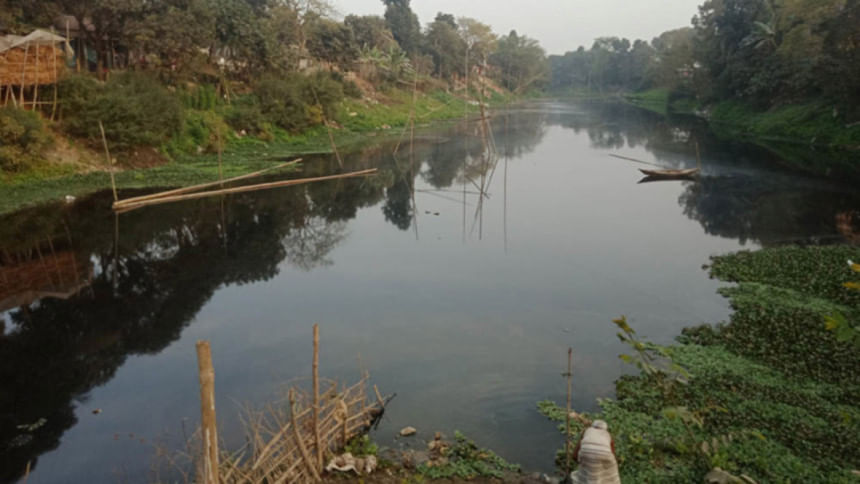
There is a paradox in the situation of rivers in Bangladesh. On the one hand, thousands of so-called "water development" projects have been implemented across the country. Yet, these projects have generally led to the gradual decay and demise of rivers. About one-third of rivers have simply disappeared. Many that remain are in their death throes, being severely encroached, polluted, and turned miserably shallow.
Why is this a paradox? Why have thousands of water development projects rather killed our rivers instead of making them healthier? The answer lies in the fact that, from the very beginning, the water development effort in Bangladesh headed in the wrong direction. In fact, the direction was just the opposite of what was needed.
We all know that Bangladesh's rivers are characterised by extreme seasonality. This follows from the seasonality of rainfall, about 80 percent of which is concentrated in just four months of the year. The rivers, therefore, swell during the rainy season and overflow to the floodplains. Bangladesh's rivers are also the most sediment-laden in the world. Much of this sediment is carried as suspended load and gets deposited on the floodplains through these overflows. The overflows, therefore, have dual positive effects. On the one hand, they revitalise the floodplains, raise their elevation, keep the flood level low, recharge the water bodies, which then serve as a storage of water for the dry season. On the other hand, the overflows reduce the sediment that gets deposited on the riverbed, and thus help the rivers to remain deep and healthy. Bangladesh, therefore, needs the "Open Approach" to rivers, under which floodplains are kept open to river overflows.
However, water development in Bangladesh, from the very beginning, was undertaken under the aegis of foreign agencies, who, not unsurprisingly, brought in foreign consultants to chart the course of water development in Bangladesh. These foreign experts were naturally guided by the experience of their own countries, where rivers hardly have seasonal fluctuations or sedimentation. To them, river overflows appeared to be a nuisance, and they believed that the primary task of water development in Bangladesh was to confine the rivers to their designated channels. They therefore imposed on Bangladesh the "Cordon Approach", under which floodplains are cordoned off from rivers by constructing embankments along their banks. The concomitant of embankments was the sluice gates. Thus, thousands of sluice gates were built with thousands of miles of embankments. The net result of this Cordon Approach is the demise and decay of the Bangladesh's rivers. In addition, it created a new problem—waterlogging, which resulted inevitably from the obstruction of river flows by embankments and sluice gates.
A good example of the wrong-headed character of Bangladesh's water development efforts is provided by the experience with the Baral River of North Bengal. It is a unique river, flowing mostly west to east and connecting two of the most important rivers of Bangladesh, namely the Ganges and the Jamuna Rivers. It takes off from the Ganges River at Charghat of Rajshahi district, flows through the Chalan Beel area and meets the Jamuna River near Baghabari after merging with the Hurasagar River. Baral serves as Chalan Beel's backbone, into which most of North Bengal's north-south flowing rivers used to converge.
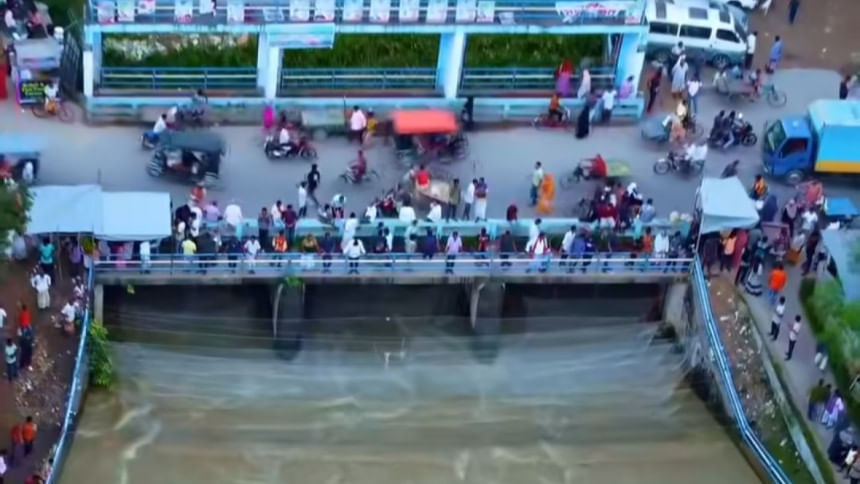
However, in the 1980s, to prevent Baral from overflowing, the Bangladesh Water Development Board (BWDB) constructed a sluice gate at Charghat to reduce the flow from the Ganges into the Baral River. This three-vent sluice gate was only about twelve feet wide, when the natural width of the river at its mouth, according to the cadastral survey, was about 500 feet. It was therefore totally inadequate for the Ganges flow to enter the Baral River. Furthermore, being obstructed, sediment got deposited in front of the sluice gate, eventually blocking it completely. The Charghat sluice gate thereby triggered the process of the demise and decay of the Baral River. The process was aggravated further in the 1990s when BWDB constructed several more sluice gates on Baral. Two of these were at Atghoria, one being just a one-vent sluice gate meant for the entire Baral River to flow through it! By that time, being disconnected from the Ganges, Baral had little, if any, flow left, making it an easy prey for encroachment and pollution. Thus, the river disappeared completely in the 18-kilometre stretch from Atghoria to Bonpara. In the rest of it, a good number of cross-dams were constructed, converting the river into a series of ponds, which were then leased out for fishing to interested quarters. Thus, the Baral River was destroyed. No wonder people started calling Baral the "Mora (dead) Baral".
The common people, however, could not accept this sad outcome. Soon, they started "Baral Raksha Andolan" for the restoration of the river. Supported by Bangladesh Poribesh Andolon (BAPA) and Bangladesh Environment Network (BEN), this movement gradually gained strength, culminating in a 220-km human chain held in 2013 along the entire riverbank from Charghat to Baghabari. The authorities could not ignore the demand. The government's river task force decided to free up Baral by removing the sluice gates and the cross-dams. The actual process of substitution of the cross-dams by bridges began much later. However, BWDB was unwilling to remove the sluice gates. Unable to oppose the task force's decision openly, it urged a study to assess the possible impact of removing the sluice gates. It then engaged a consulting firm of its choice to conduct the study. Not surprisingly, this firm ended up supporting BWDB's position and recommended constructing another three-vent sluice gate at Charghat beside the existing one!
BWDB's position and actions contravened not only the spirit of the task force decision but also the directive issued by the High Court in 2019 to free up Baral. Needless to say, all those who have been struggling to free up Baral for several decades were enraged by BWDB's machinations and resumed their movement.
Fortunately, the adviser for the Ministry of Water Resources of the interim government sided with the demand for freeing up Baral. Upon visiting the area and holding discussions with the stakeholders, she was convinced that the implementation of the task force's original decision about removing the sluice gates cannot be delayed. Under the circumstances, BWDB was forced to remove the plates of the sluice gates.
This simple step has now resulted in a miracle. Water has been gushing from the Ganges into the Baral, and thousands of people from far and wide are flocking each day to Charghat to witness this miracle. The Baral experience thus vindicates that the "Open Approach" is the right approach to rivers in Bangladesh. Unfortunately, there are fears that BWDB probably has not given up yet and is waiting for an opportune moment to replace the plates! However, the miracle of seeing Baral rejuvenating after the removal of plates has now generated so much conviction and enthusiasm that any attempt by BWDB to replace the plates and delay the replacement of the sluice gates by full-length bridges will be met by vigorous resistance from the people.
So, this year's World Rivers Day's message for Bangladesh should be "Learn from Baral! Remove sluice gates from Bangladesh's rivers!" This is the only way rivers of Bangladesh can be protected.
Dr Nazrul Islam is professor at Asian Growth Research Institute and former chief of Development Research of the United Nations. His recent books on river policies include Rivers and Sustainable Development (Oxford 2020) and Water Development in Bangladesh Past Present and Future (Eastern Academic 2022).
Views expressed in this article are the authors' own.
Follow The Daily Star Opinion on Facebook for the latest opinions, commentaries and analyses by experts and professionals. To contribute your article or letter to The Daily Star Opinion, see our guidelines for submission.

 For all latest news, follow The Daily Star's Google News channel.
For all latest news, follow The Daily Star's Google News channel. 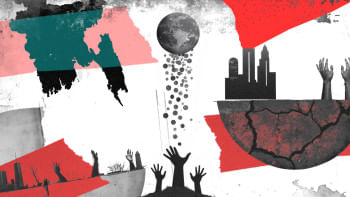
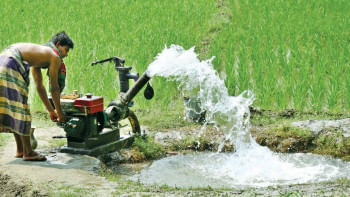





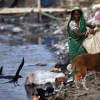


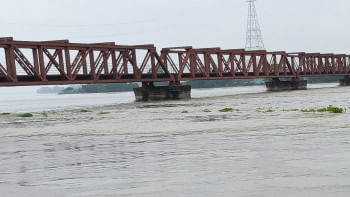
Comments